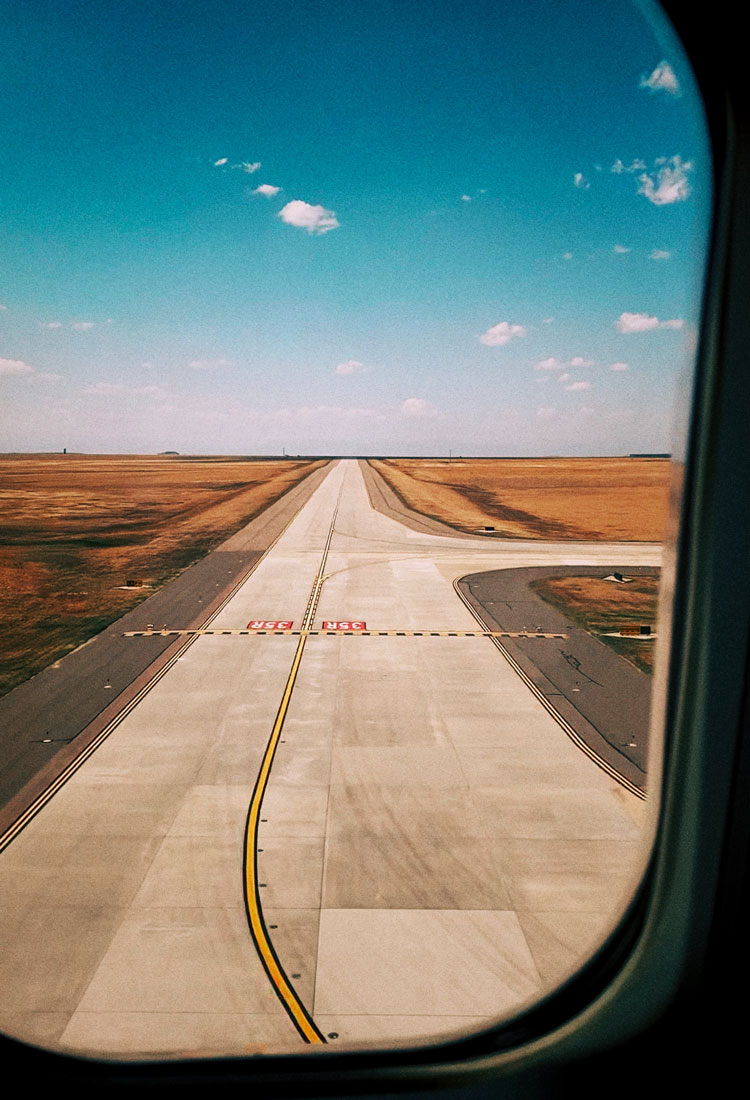Hundreds of millions of people pass through airports in any given year — and many questions abound about these massive, elaborate travel hubs. What happens to lost luggage and loose change left behind? What does the letter “X” at the end of an airport code really mean? And which airport features an 18-hole golf course? If you’re as curious as we are about what goes on behind the scenes at airports, read on for 10 fascinating facts that you probably didn’t know.
Lost Luggage at Airports Often Finds a Second Home

Even with today’s sophisticated tracking systems that reunite 99.5% of passengers with their bags, airlines still sometimes lose luggage. Passengers are also prone to misplacing or becoming separated from their personal possessions while transiting through airports. Although airlines and airports do their best to return lost items to their owners, not every piece of luggage finds its way home. So what happens to goods that are never reunited with their owners? Since 1970, the Unclaimed Baggage Center in Scottsboro, Alabama, has found a novel solution. It purchases unclaimed items from U.S. airlines and resells them online and at a 50,000-square-foot outlet store. (Some of the things left behind may surprise you — everything from a suit of armor to an Egyptian burial mask.) In India, lost luggage auctions have been held at Bangalore International Airport in order to free up space in the lost-and-found storage.
The “X” in Airport Codes Often Doesn’t Mean Anything
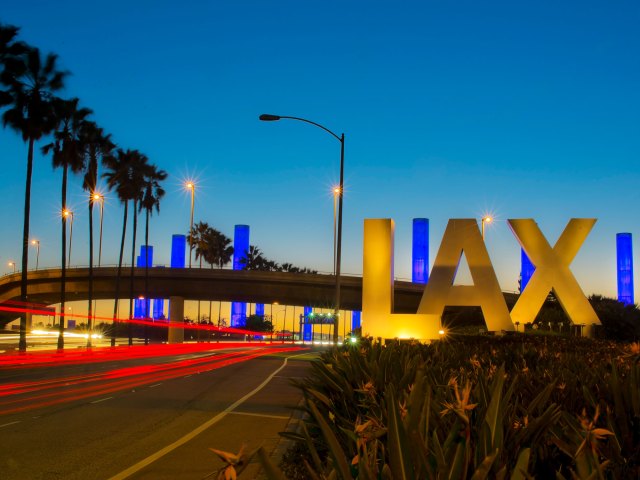
Airports worldwide have three-letter codes designated to them by the International Air Transport Association (IATA). Otherwise known as IATA airport codes, they are visible everywhere from booking platforms to baggage tags and boarding passes. If you’ve paid any attention to these codes, you may have seen several that end with the letter “X.” The “X” first appeared when airports changed from two-letter National Weather System (NWS) city codes to the IATA system in the 1930s and added the arbitrary letter at the end. Los Angeles International Airport, for example, went from LA to LAX. (Spare a thought for Germany’s Sembach Airport, which became SEX, and Iowa’s Sioux Gateway Airport, which just SUX.) It’s easy to see how some airports get their IATA codes (SLC for Salt Lake City, for example), but others are less clear.
The TSA Uses Unclaimed Loose Change for Security Improvements
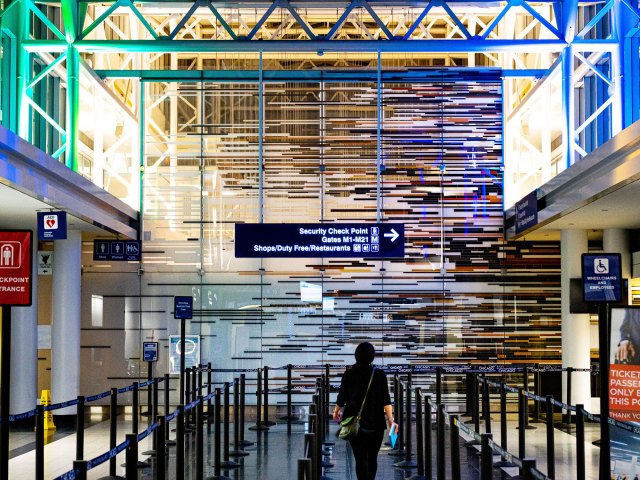
Passengers arriving at airport screening checkpoints are required to remove everything from their pockets. This includes banknotes and coins, which usually get dropped into trays at the last minute. With many people focused on grabbing their belongings and continuing their journey, the loose change often gets left behind. In the United States, the Transportation Security Administration (TSA) strives to return all unclaimed items. The owners of loose change left at the bottom of an unidentified tray can be hard to find, however, so everything unclaimed is deposited into a fund and reinvested into aviation security programs. In 2019, a whopping $926,030 was collected, with New York (JFK) passengers alone contributing almost $100,000.
Subtle Cues Help Guide Passengers Around Terminals
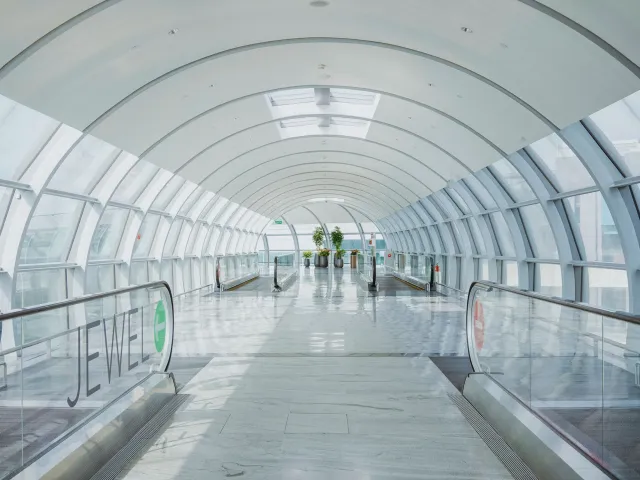
Airport designers use a concept called wayfinding to create stress-free environments and help guide passengers around unfamiliar places. Wayfinding utilizes a highly specific series of visual cues to orient passengers, ranging from preferred color palettes to lighting, signage design, and typography. For example, one terminal might have signs with straight edges while another has signs with curved edges. In countries where English isn’t the first language, translations are used alongside universally recognizable icons and pictograms to indicate arrivals, departures, restrooms, and transportation links.
Shop Walkways Purposely Curve to the Left
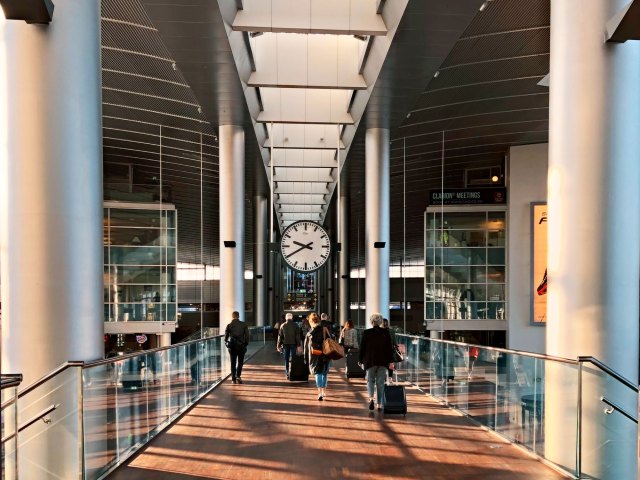
A considerable amount of research and development goes into the design of an airport’s retail space, which is often a critical revenue stream. One clever aspect of shop layouts are walkways that curve from right to left, with more items displayed on the right-hand side. The reason behind this? Much of the world’s population is right-handed and drives on the right side of the road, and therefore is inclined to look to the right more often than to the left. Moreover, most passengers push or pull their luggage with their right hand, which makes them walk unconsciously in a counter-clockwise direction. It’s one of many intelligent hacks to encourage passengers to make impulse purchases.
Water Is the Most Frequently Purchased Airport Item

In 2015, the Hudson Group, which operates hundreds of newsstands and cafes inside U.S. airports, was embroiled in a lawsuit for selling overpriced water — up to 300% higher than normal retail prices. Despite this, bottled water is still the most popular item purchased at airports, as passengers are constantly reminded of the importance of staying hydrated before and during a flight. What some forget, however, is that water is often readily available for free at fountains once you have passed the security check. Next time you fly, bring a reusable water bottle and save yourself the extra cost.
The U.S. Has More Airports Than Any Other Country
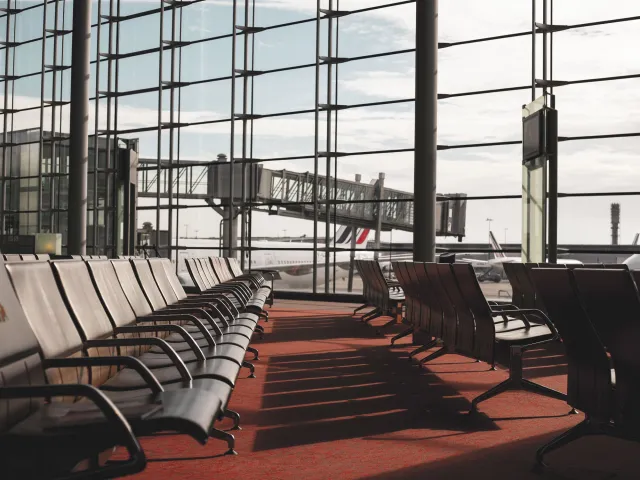
According to figures reported by the Federal Aviation Administration (FAA), the United States has 19,633 airports — which far outstrips any other country in the world. Among them are Hartsfield-Jackson Atlanta International Airport, the world’s busiest airport with 110.53 million passengers in 2019, and Los Angeles International Airport, the third-busiest. Brazil is the next country on the list with 2,717 airports, and third-place Mexico has 1,740. China may soon move up the list — the government plans to build 215 new airports by 2035, which will almost double the country’s current number to 450.
Runways Are Numbered According to Compass Bearings
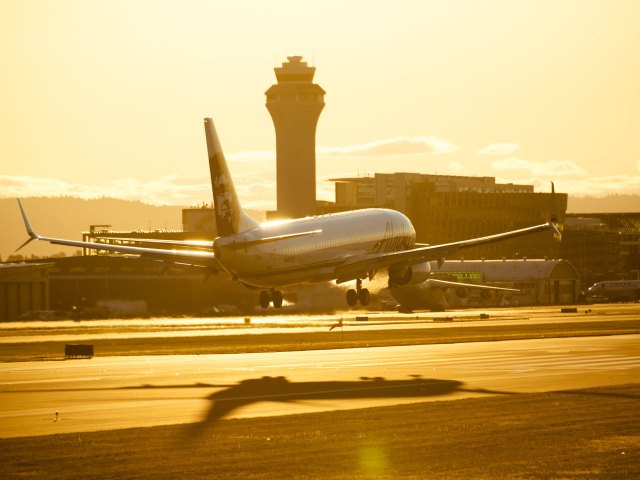
All public-use and military airports around the world have large white numbers painted at each end of their runways. They are numbered according to the compass bearing, or magnetic azimuth, in which the runway is orientated. But if the compass runs from 1 to 360 degrees, why do runway numbers have only two digits? Numbers are designated by taking the compass bearing and dropping the last number. (For example, LAX’s runway 25L is oriented to 250 degrees.) Larger airports often have two or more parallel runways oriented the same way, so to distinguish them, the letters L (left), R (right), and C (center) are added after the number. Most runways also can be used in either direction to take advantage of winds, so they have two numbers. The second number differs by 18 (180 degrees).
Landing Slots Are Big Business

Airport slots are permissions given to airlines by the operators of airports, which guarantee an airline the authorization to take off and land within a specified time. While most airports are not slot-restricted, the system is used at heavily trafficked airports where demand outstrips airport capacity, such as London Heathrow and New York JFK. Securing slots at these airports can be difficult for airlines — the desired time might be occupied, or the airport might charge an exorbitant price. This is why some routes may have unfavorable arrival and departure times, or airlines have limited service. Occasionally, the desire for a particular slot forces airlines into intense negotiations. For instance, in 2016, Oman Air paid $75 million to Air France for a morning slot pair (one arrival and one departure) at London Heathrow. This was $15 million more than the previous record paid by American Airlines.
There’s an 18-Hole Golf Course Inside a Bangkok Airport
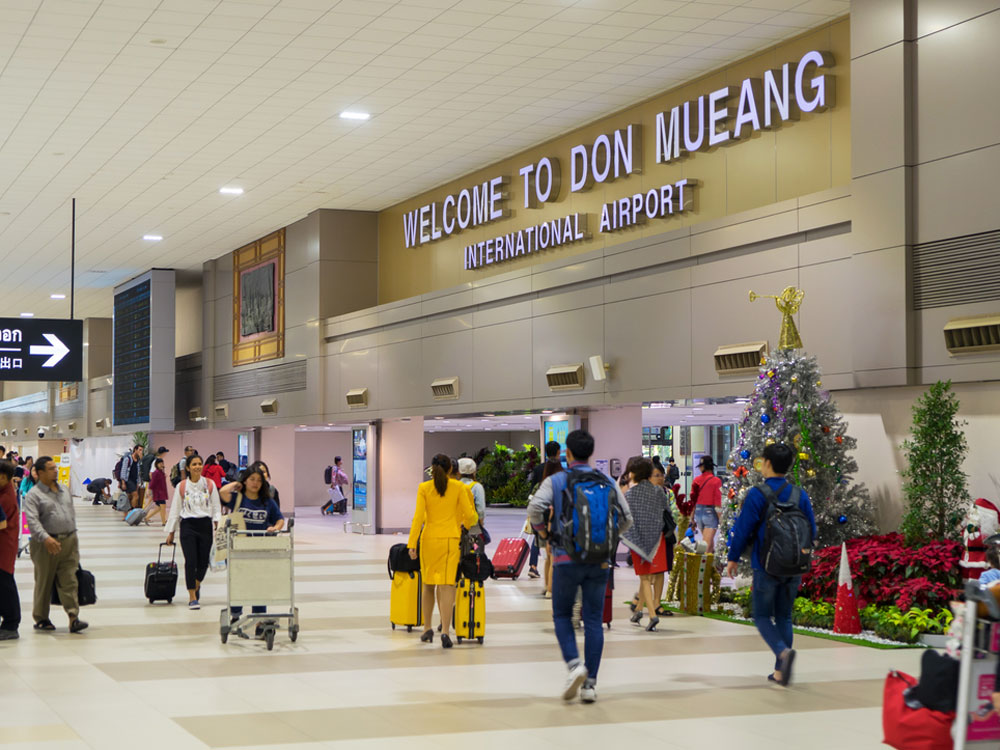
From swimming pools to ice rinks, aquariums, butterfly gardens, and indoor rainforests, modern airports are full of unique attractions to keep passengers entertained while waiting for a flight. Bangkok’s Don Mueang Airport has taken things to the next level with the Kantarat Golf Course, an 18-hole course set between the airport’s two parallel runways. Like any golf course, the links feature fairways, bunkers, water hazards, and greens, but the difference is that huge Airbus and Boeing aircraft take off and land only 20 yards away. You don’t have to be taking a flight to play the course, but you will have to pass a security check on the way in — and you’ll want to aim your tee carefully.
Featured image credit: Jon Tyson/ Unsplash
More from our network
Daily Passport is part of Inbox Studio, which publishes content that uplifts, informs, and inspires.






